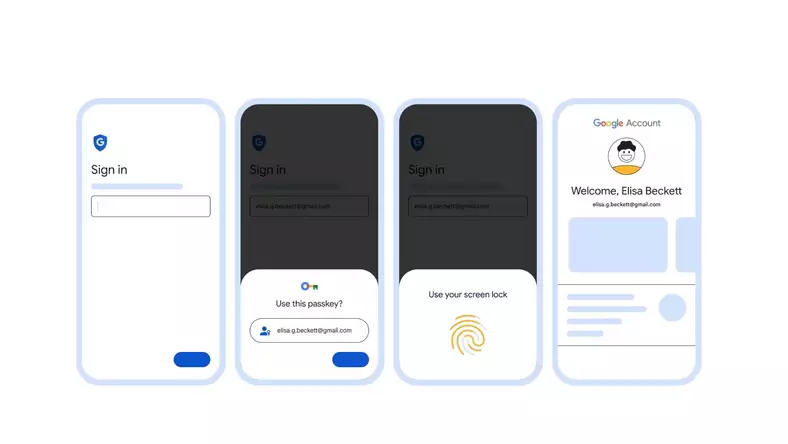Users of Apple devices such as iPhones, iPads, or MacBooks are likely familiar with the convenience of automatically logging into various services after authorizing with Face ID, Touch ID, or a PIN.
Google has now adopted a similar approach for its account services, offering a key-based solution that streamlines access across both Android and iOS devices.
Effortless Access to Gmail, YouTube, Drive, and More
With the new key-based authentication system in place, users can securely store their Google account login details on their mobile devices.
This allows for seamless access to Gmail, YouTube, Drive, and other Google services using the smartphone’s PIN.
The innovative solution aims to eliminate the need for traditional passwords, providing a more convenient and secure user experience.
Limitations of the Key-Based System
Despite its advantages, the current implementation of the key-based system has some limitations. At the moment, it only works within a single device family—meaning that if a user adds a key on an iOS device, it won’t be compatible with Android devices or the Chrome browser on Windows.
Separate configurations are required for each device family, making it less versatile than password managers like LastPass or 1Password.
However, it’s important to note that external password management services have experienced security breaches in the past, with user passwords being leaked.
Google’s key-based system offers an alternative that could eventually provide a more secure and unified login experience across various platforms as it continues to evolve.
